Cowl crops are fast-growing vegetation that we sow densely to cowl fallow soil.
Cowl cropping is an everyday farming apply, with capabilities for smaller scale plots and raised beds the place flowers, fruits, herbs, and greens develop as correctly.
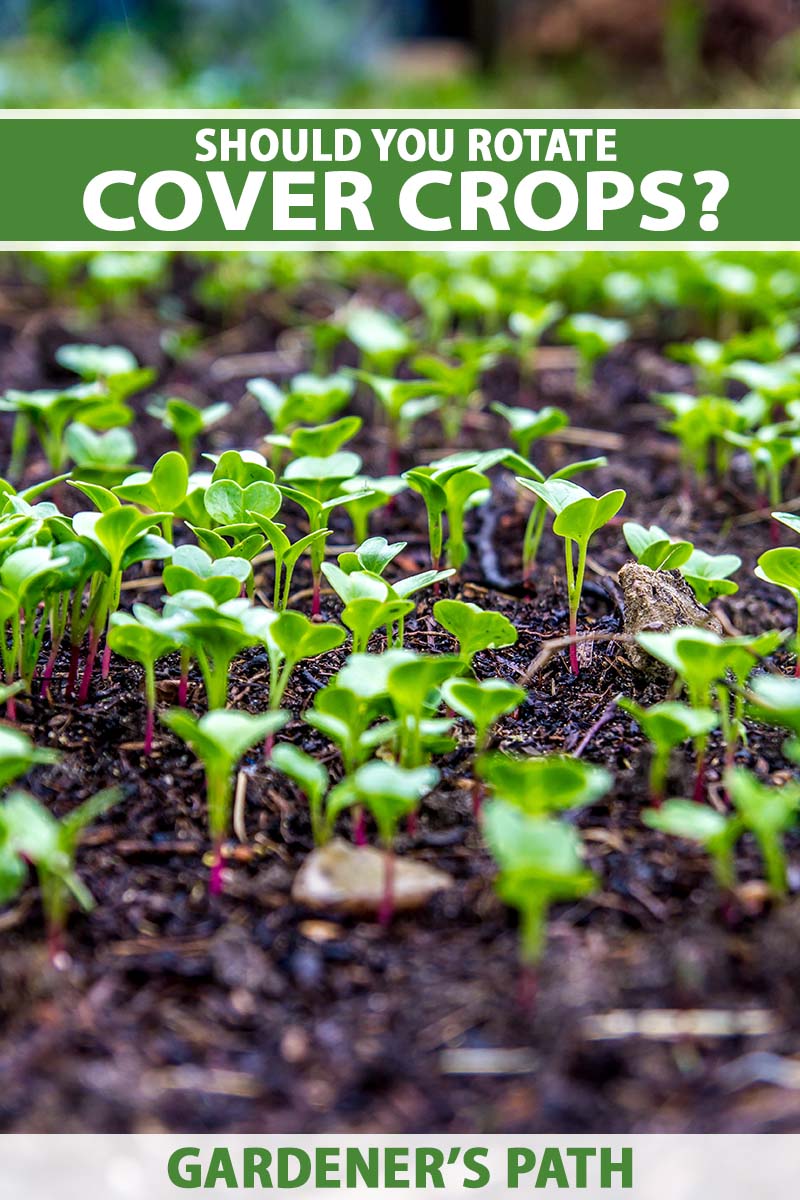

We hyperlink to distributors that will allow you to uncover related merchandise. In the event you purchase from considered thought-about certainly one of our hyperlinks, we’d earn a worth.
Our information to cowl cropping discusses among the finest methods to utilize the technique contained in the residence yard.
This textual content material focuses on rotating cowl crops fairly than rising the an an identical ones inside the an an identical areas from 12 months to 12 months.
Correct proper right here’s what we’ll cowl:
Let’s begin with a quick think about.
What Is Cowl Cropping?
As talked about above, cowl crops shelter soil we’re not in the mean time utilizing. Some nice advantages of this apply embrace inhibiting soil erosion and stopping weed progress when the underside is naked.
We sow fast-growing seeds as wanted between spring and fall, relying upon after we plan to develop seasonal vegetation like flowers, fruits, herbs, and greens.
We mow flowering cowl crops as wanted to care for them from setting seeds and changing into yard weeds. And after we’re able to make the most of a plot or raised mattress for crops, we until the inexperienced vegetation beneath the soil, the place they enrich it.
Alternatively, no-till gardeners mow the quilt to the underside and use the clippings as mulch. Their goal is to disturb the soil as little as potential.
The underside is prepared for planting in two to some weeks after tilling and three to 4 weeks with no-till mowing.
Some nice advantages of tilled-in or mowed mulch cowl crops embrace:
- Biodiverse, organically-rich soil improvement
- Disruption of pest and illness cycles
- Erosion abatement
- Diminished soil compaction
- Improved drainage
- Replenishment of soil dietary nutritional vitamins
- Weed suppression
Sowing cowl crops offers worth to the yard and saves time that we’d in another case spend on duties like amending the soil, making use of fungicides and pesticides, fertilizing, and weeding.
Inexperienced Manure Varieties
Cowl crops fall into three programs:
- Brassicas
- Grasses
- Legumes
We take care of them in quite a lot of methods, relying upon their hardiness and when the underside is fallow.
We sow some in early spring. Farmers and gardeners who until flip them beneath to develop summer season season season vegetation contained in the enriched soil.
No-till growers don’t disturb the soil any greater than wished. They mow inexperienced manure to the underside and use the clippings as mulch.
There are furthermore “winter kill” selections that we sow in early fall. They die with the primary arduous frost and preserve in place for tilling beneath the next spring.
Winter-hardy alternate options are furthermore obtainable that develop from early fall till the next spring after we until them beneath or mow them down.
Brassicas
Brassicas have an extended taproot that loosens reasonably compacted soil and absorbs dietary nutritional vitamins deep underground. We sow some in early spring, and plant others in early fall for tilling or mowing to the underside the next spring.
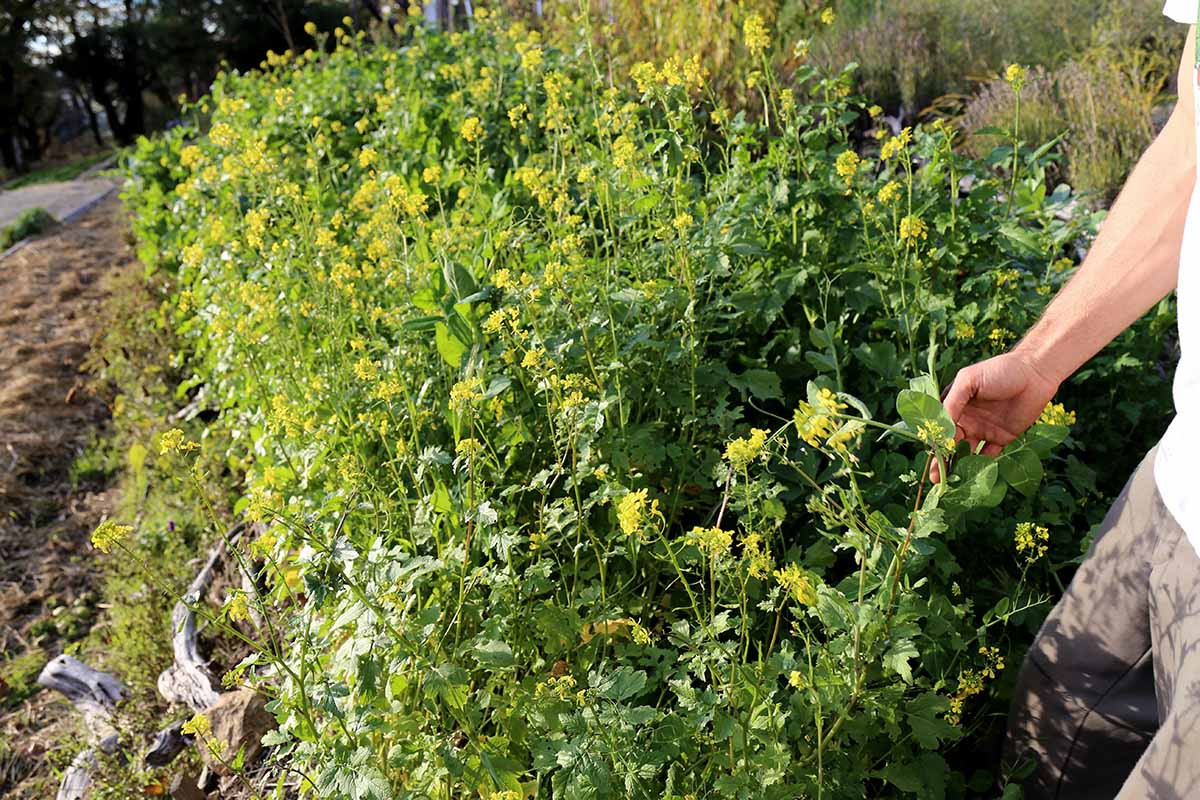

Brassicas act as “biofumigants” that inhibit fungal circumstances and the prepare of soilborne nematode pests. Their leafy foliage offers excellent weed-blocking flooring cowl.
Examples are arugulaforage radishes (aka tillage radishes), mustard, kalerapeseed, and turnips.
Grasses
The grass household accommodates grains. They’ve a bunch of fibrous roots that block weeds and assist to care for soil from washing away. The roots “sequester” or retailer carbon, an important facet for healthful stems and foliage.
Like brassicas, we sow them in early fall for tilling or mowing to the underside the next spring. Observe that they are normally fairly sturdy to uproot. Whenever you select to develop them, a no-till technique of chopping them down and letting the clippings fall can also be finest.
Sunn hemp (Crotalaria juncea) is grass that doesn’t winter over. We sow it in early spring. Equivalent to the legumes we’ll discuss beneath, it’s a “nitrogen-fixing plant” that makes this vital facet obtainable contained in the soil.
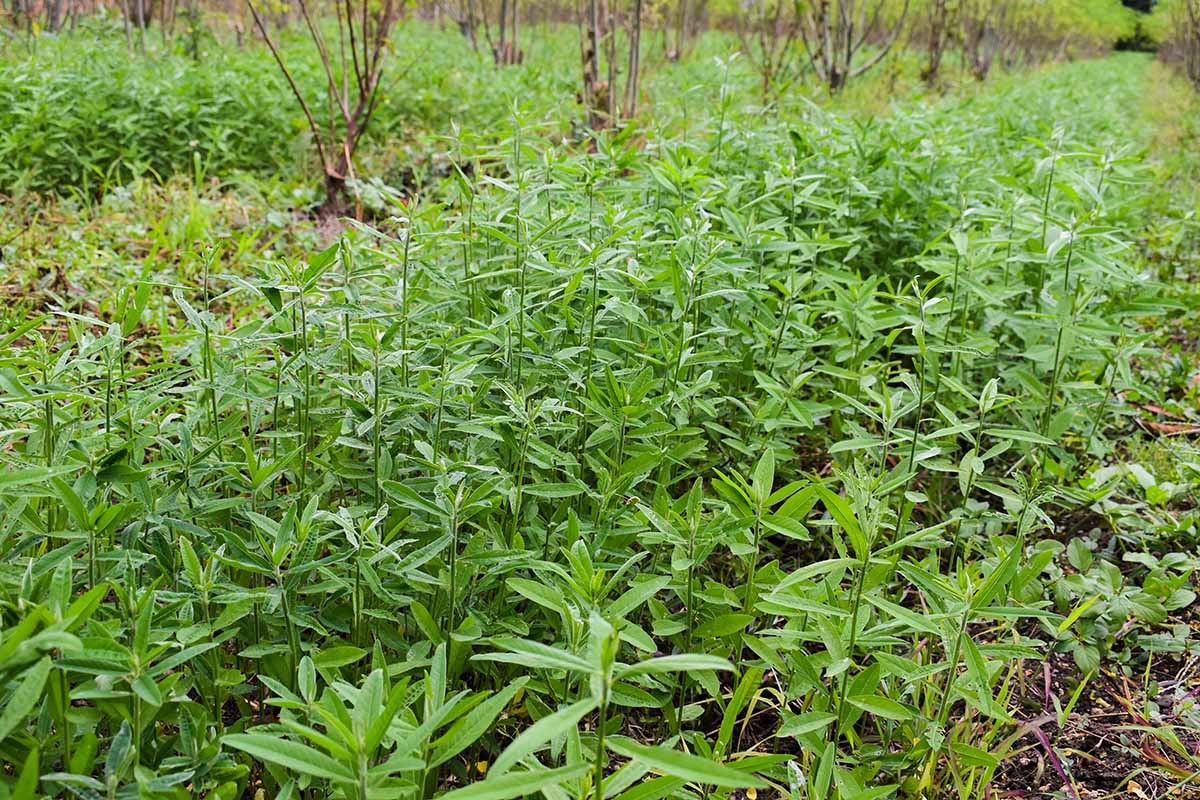

Oats, sorghum, and Sudan grass are “winter kill” inexperienced manure we sow in early fall. They die off and are included into the soil or mowed down and used as mulch contained in the spring. Beware that they emit an disagreeable odor as they decay.
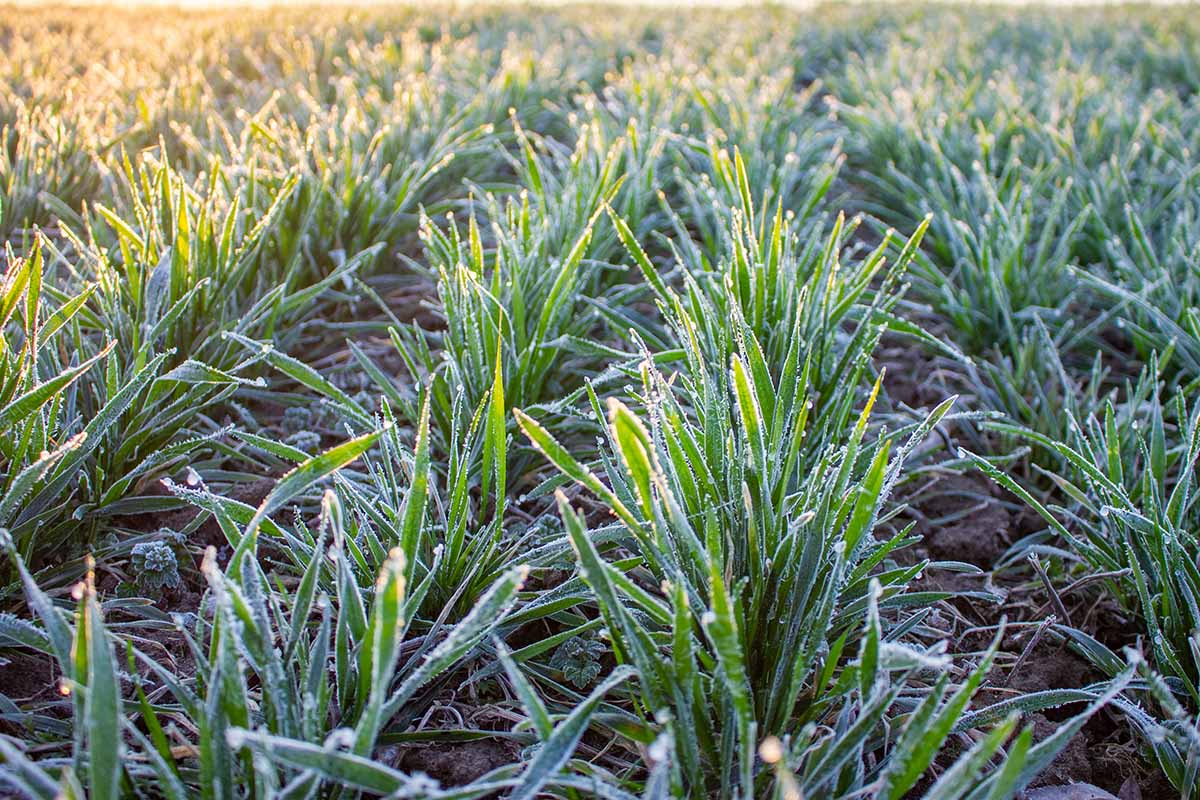

We sow winter barley and winter wheat in early fall to counterpoint the gardens we’ll plant the next spring.
Legumes
Legumes are members of the pea household. Not like brassicas and grasses which have sturdy roots, they’ve cosy ones. We sow them in early spring or early fall, relying upon their hardiness.
We until or mow down legumes earlier than summer season season season planting time. Within the occasion that they start to flower, we lower them earlier than they set seed, and allow them to proceed to develop, as talked about above, till the underside is required.
Along with offering inexperienced manure for pure enrichment, legumes restore nitrogen contained in the soil, making it merely accessible. Nitrogen-rich soil promotes vegetative progress and helps leafy greens.
Cowpea (Unguiculata vine) is a legume we sow in early spring on account of it is not hardy.
Alfalfabushy vetch, pink clover, and winter peas are hardy. We sow them in early fall.
The Advantages of Rotation
When vegetation develop all season, they deplete the dietary nutritional vitamins contained in the soil. Skilled farmers have extended acknowledged that letting soil “relaxation” is one method to assist healthful crops. Whereas it rests, they often enrich it with inexperienced manure.


Money crop rotation is an everyday apply that offers refreshed soil which is approach a lot much less further liable to harbor pests and illnesses than monocropping, the apply of rising the an an identical crop inside the an an identical place yearly.
The Royal Horticultural Society recommends utilizing the next 5 plant teams as a rotation information for crops that will more than likely be harvested and eaten:
They provide steerage on three- or four-year rotation plans that let growers to strengthen soil high quality and get the higher hand on weeds, pests, and illness.
With this apply, crops from the 5 teams return to their distinctive location each three to 4 years. Nonetheless these plans don’t embrace cowl cropping to replenish the soil.
This idea furthermore applies to the healthful cultivation of annual flowers, fruits, and herbs.
That acknowledged, it makes superb sense to undertake the apply of rotating inexperienced manure crops as a part of this plan.
Correct proper right here’s why:
Brassicas, grasses, and legumes are topic to pests and illnesses which may overwinter contained in the soil and return with vigor yearly until we foil them by switching up our inexperienced manure alternate optionstogether with our crop different.
Brassicas are inclined to clubroot, a soilborne illness which may infect completely completely different members of the genus, together with broccoli, cabbage, cauliflowerand kohlrabi.
Grasses may harbor fungal circumstances, like powdery mildew and rust, which may impression various edible and decorative species.
Legumes are weak to fungal circumstances, root rot, and viral infections which may impression quite a lot of species.
When the pests and illnesses resurface and their host vegetation are gone, they fail to thrive.
No matter you do, it’s important to avoid planting cowl or money crops from the an an identical group in succession. Rotating cowl crops in between productive gardening for harvest offers further advantages to the soil, and helps to chop again pest and illness stress.
Utilizing the RHS pointers, a three-year cowl crop rotation plan may seem like this:
- Brassica-grass-legume
- Grass-legume-brassica
- Legume-brassica-grass
In the event you uncover grasses too sturdy and malodorous to take care of, even a two-year rotation of brassicas and legumes has its deserves, as does planting completely completely different varieties of money crops in between these like nightshades, cucurbits, and completely completely different edibles, together with ornamentals like flowers.
In the event you have a raised mattress or twochances are you’ll solely develop one kind of inexperienced manure per 12 months. Fully completely different gardeners may need quite a lot of varieties on rotation all by the use of their property.
No matter your gardening scheme, rotating is the icing on the inexperienced manure cake, within the occasion you may.
Rotation Provides Value
Do not forget that you may be sowing densely when buying for seeds to plant in fallow soil. Be taught seed packets to information your purchases.
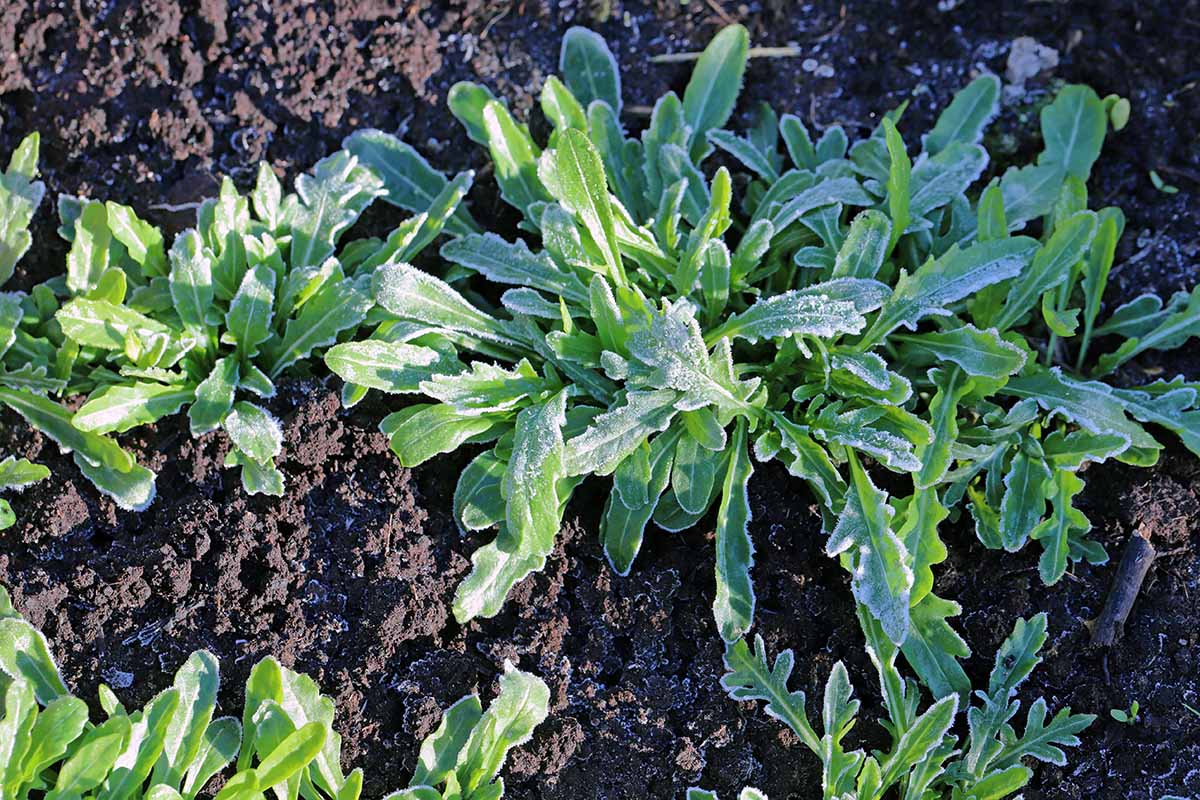

Furthermore, seeds have totally completely completely different shelf lives, so inside the event you over-buy, chances are you’ll uncover that you should use sure varieties in future years so long as they’ve been saved appropriately.
Examples of long-lasting cowl crop seeds are:
- Peas – 2 years
- Radishes – 6 years
- Sorghum – 10 years
Rising inexperienced manure is an environmentally sound method to complement the soil and nourish vegetation. Rotating thoughtfully to inhibit pests and illness pathogens offers far more worth to the apply.
It’s time to create a rotation scheme for the quilt crops you employ in your rising areas.
Why not take out your yard planner as we converse and get began?
Do you develop cowl crops? Do you rotate them? Please share your ideas contained in the recommendations half beneath.
In the event you discovered this information informative and must examine further about cowl cropswe suggest the next subsequent:
